
How would the world look like if we wouldn’t have colours? Pretty boring probably. Luckily we don’t have to think about that and we can enjoy all the colour we see, make our interiors look beautiful with all the colours and shades in it. But how do artist, designers, painters and everyone who works with colours communicate those? I can tell you it wasn’t easy to find a system that works very well and it wasn’t quick either. Why do we even need a system? Colour is colour isn’t it? Interested? Then keep reading, I’ll answer all those questions and more in a history of colour.
Why do we even need a colour system?

Does colour always look the same? Is red still the same red if you mix it with black or white colour or if you change the brightness? No it isn’t. And now imagine: You’ve got one specific type of red in mind you want to paint your wall in. How do you communicate it to the painter? You would need a lot of words to describe what you want and even then you can’t be sure the painter picks exactly the colour you’ve got in mind. So what if you had a proper colour system? It would be so much easier wouldn’t it? And that’s why people started to define and order colours into colour systems. People always wanted to categorize colours to discuss it easier and to define a colour for everyone, so we all know what is meant by it.
The colour theory is a human construct to make things easier. Early colour theories were mostly speculation, but with more data and more technology the theories are getting closer and closer to what we know today. So if you want to find out more about how the Colour Wheel got invented and more keep reading a history of colour.
Aristoteles and early Greek
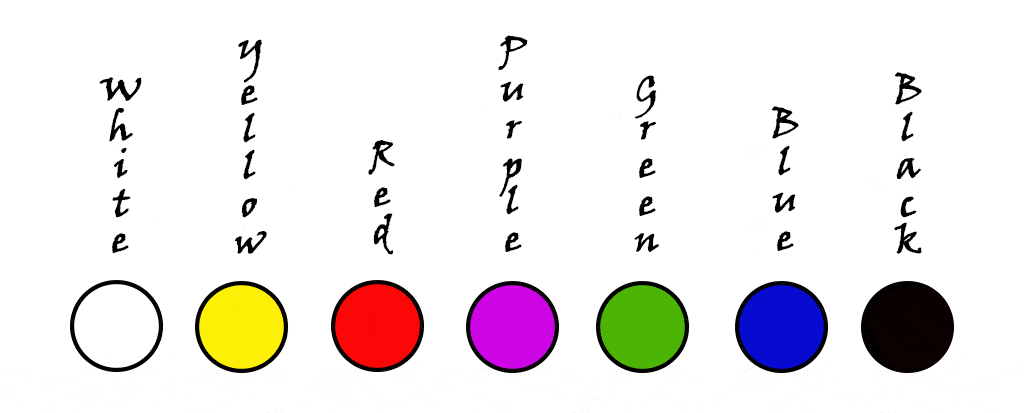
The history of colour starts as early as 350 BC, in early Greek. The earliest colour theory we know about got invented by the Philosopher Aristoteles. He observed the way light changes throughout the day and invented a linear colour system starting with white, the start of the day and the light, and ending with black, the begin of the night and the darkness. After Aristoteles blue and yellow are the true primary colours and that they relate to life’s polarities like sun and moon, male and female, yin and yang, in and out. He as well believed that God sent down colours from the heaven and so he identified the colours with the four elements: Fire, water, earth and air. Aristoteles listed the colours in following order:
white – yellow – red – purple – green – blue - black
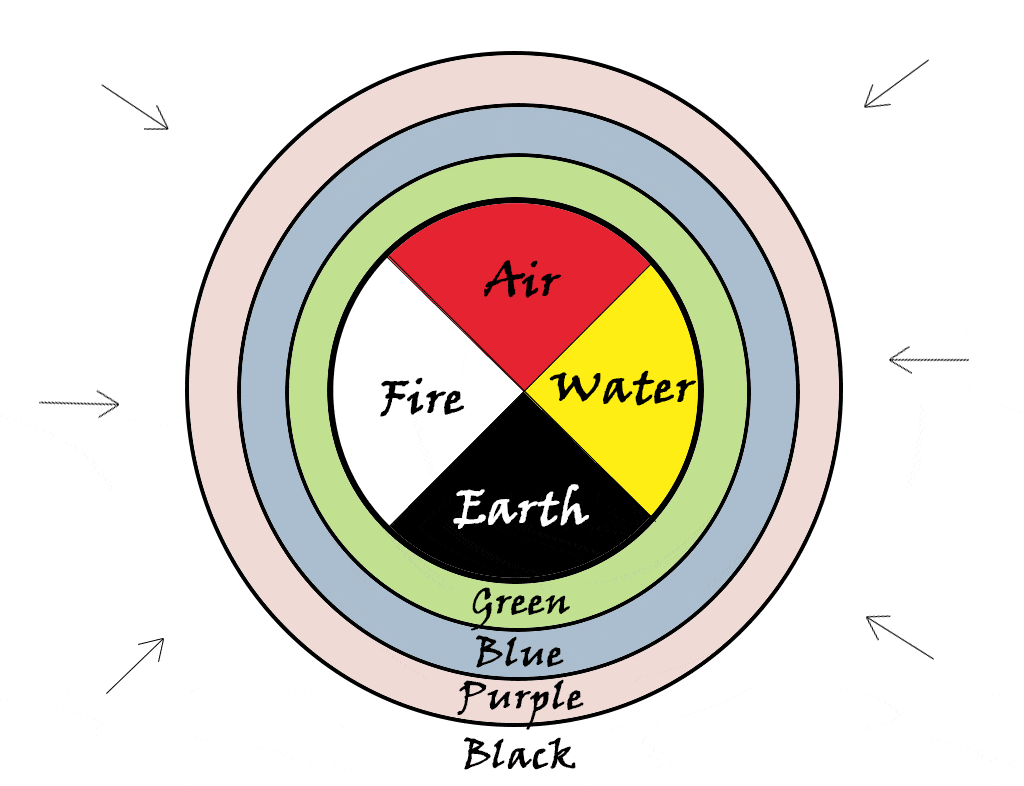
You might be wondering why green is sitting between purple and blue, it just seems wrong to us, but if you watch the light changes around sunset closely you probably can see a green glow at sunset.
At around the same time as Aristoteles, Hippocrates, the father of medical practice, used colours as Medicine, he found out that the therapeutic effect of a white violet is a different one to purple, a dark violet.
In the 11th century another medical man named Avicenna started to use colour to diagnose his patients. He believed that a person’s physical colouring would indicate that person’s predisposition to various diseases, so he took account of the patient’s colouring in his diagnosis.
Sir Isaac Newton and the first colour wheel
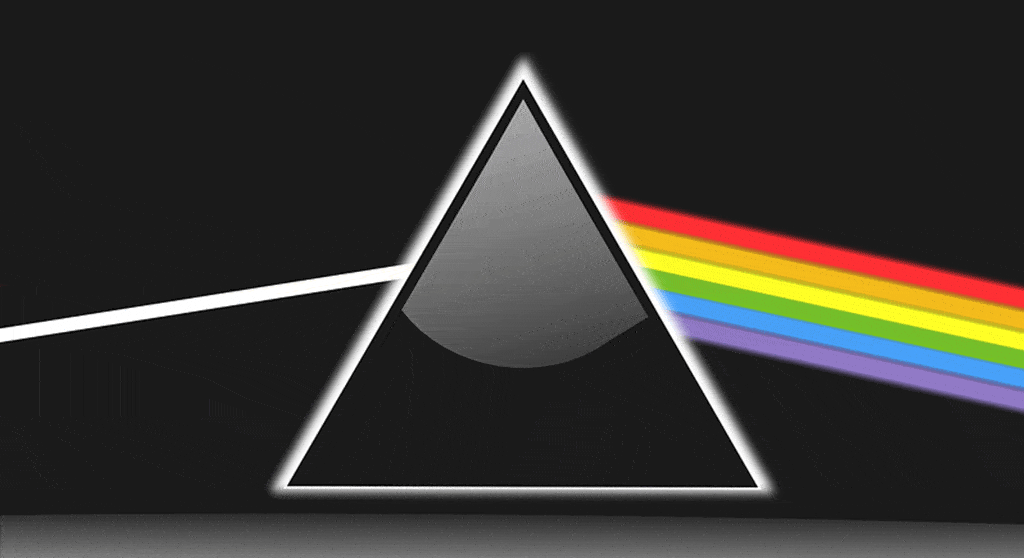
Nothing really interesting happened in the history of colour for a while till the 17th century, when Sir Isaac Newton presented the first colour wheel, which is the pioneer of the colour wheel we know today. Sir Isaac Newton made an experiment with a crystal prism. He operated in a dark room and directed white light onto a crystal prism, which separated into the seven colours we know as the colour spectrum:
Red – orange – yellow – green – blue – indigo – violet
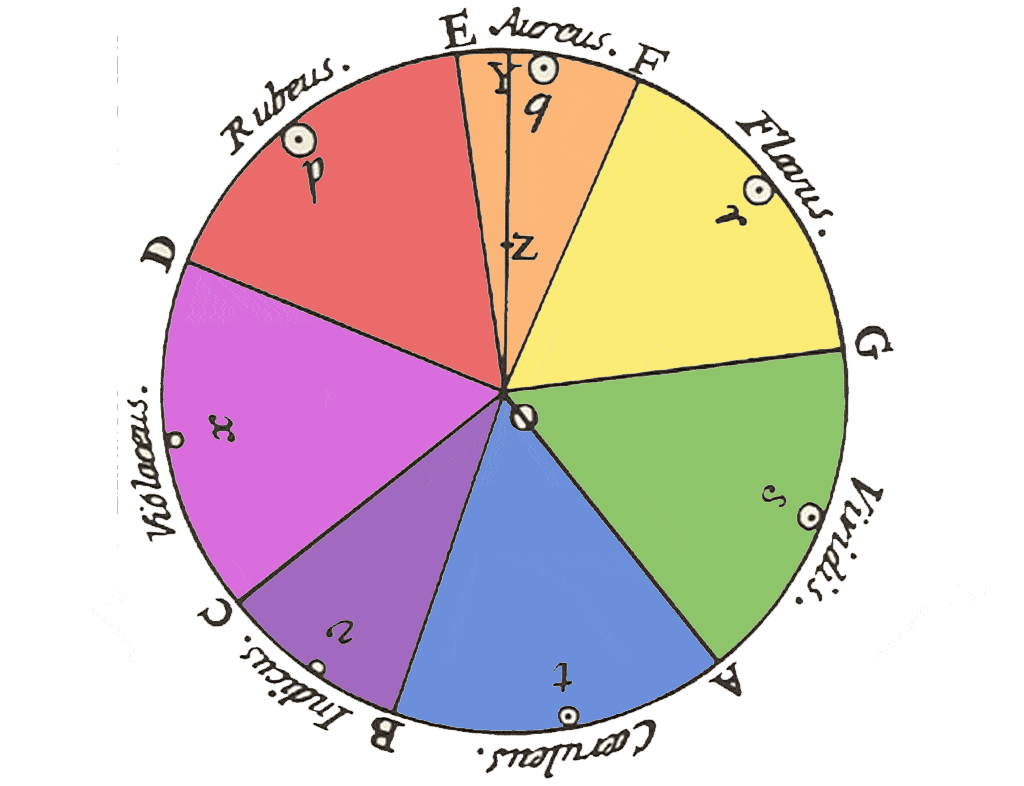
And instead of ordering the colours linear, he made a wheel with no starting point and no endpoint.
Johann Wolfgang von Goethe
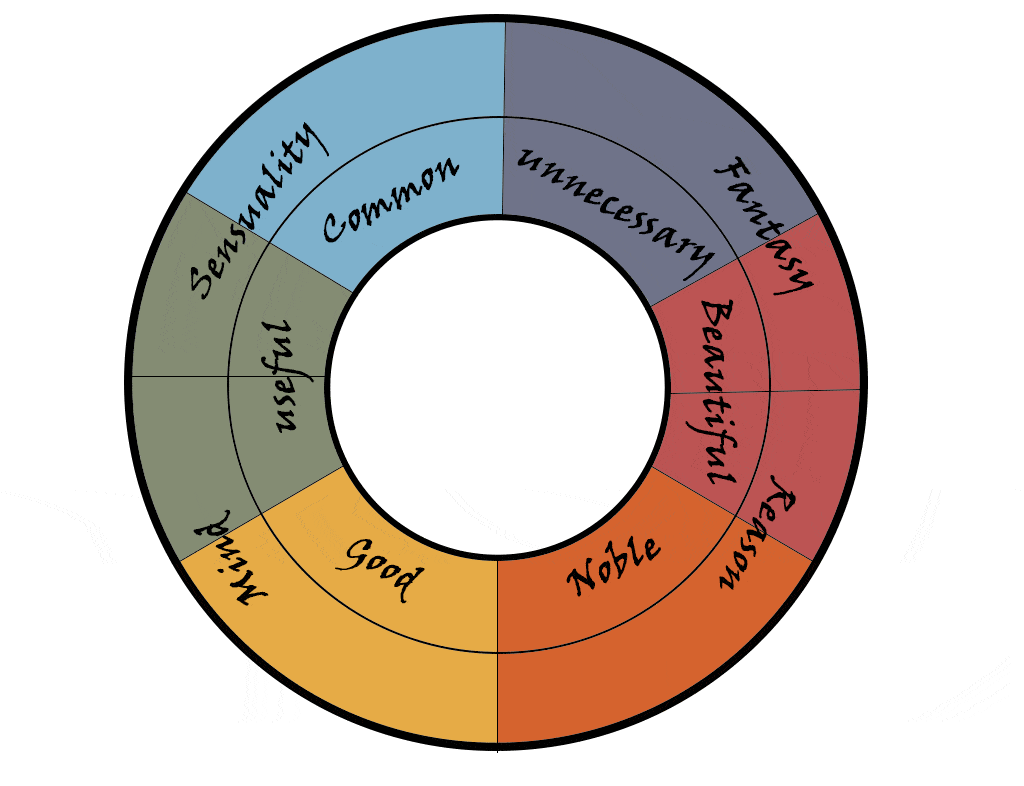
Johann Wolfgang von Goethe completely disagreed with Newton on that matter and started his own investigations. Where Newton believed that darkness was the absence of light, Goethe believed black was active ingredient. Goethe, being an artist, studied as well the psychological aspects, the relationship to human emotions and behavioural traits of colour as well as the differences light and dark have on to the colour spectrum. Out of all these studies he created a colour wheel in 1810, where colours opposite each other have a visually antagonistic role, known as complementary contrasts. Even though Goethe completely disagreed with Newton’s theory, his investigation mirrored Newtons strikingly.
Sir James Clerk Maxwell

From now on the inventions are going pretty quick and in 1872 Sir James Clerk Maxwell published a chart in form of a triangle with red, blue and green as the primary colours. This chromaticity chart is still used till today by the Commission internationale de l’éclairage (CIE) to measure and quantify light for example on computer screens.
Ewald Hering
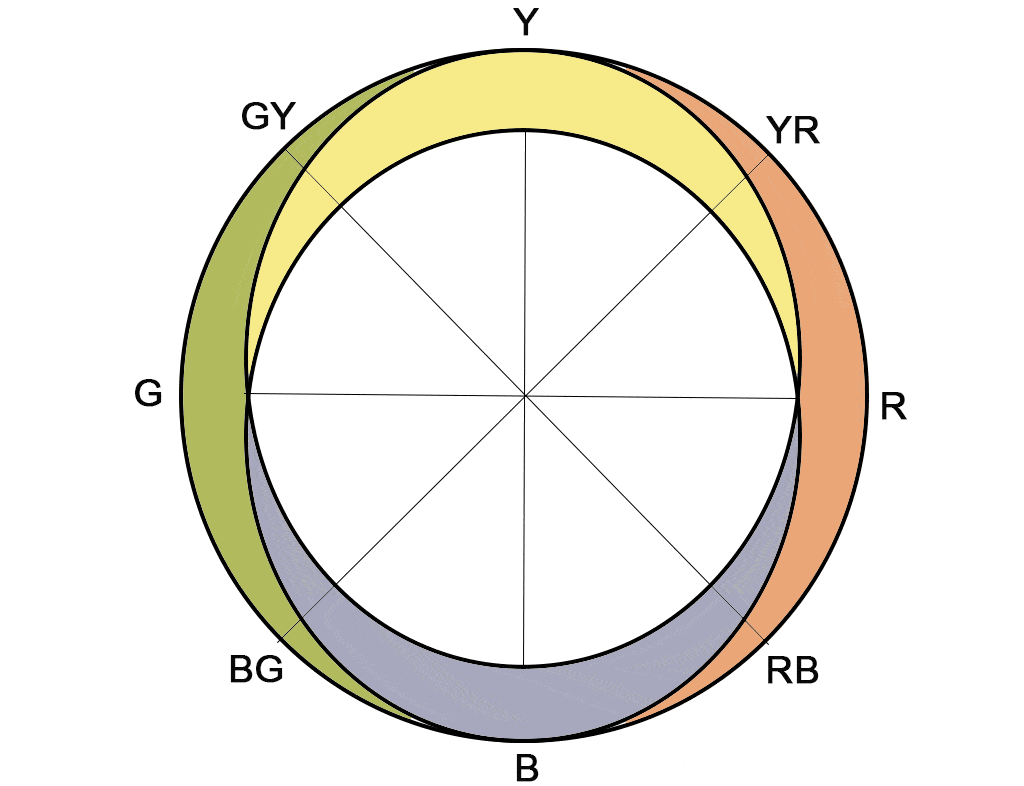
In 1878 Ewald Hering published another colour wheel, which was purely based on phenomenal or physical understanding of colours. Therefore it was an introverted aspect of colour. Hering first thought that the elementary colour yellow, was a mix of green and red, but in human experience a mix of red and green never exists and doesn’t mix into yellow, more a brownish, black colour. And the same happens if you try to mix yellow and blue. So Hering came to the conclusion that there are four elementary colour sensations or psychological primaries which code our perception.
Yellow- Red - Blue – Green
The Natural Color System (NCS) is largely based on Hering’s theory and the NCS is the colour system most used by paint companies today.
Have a look on their website to find out more:
Alfred Munsell
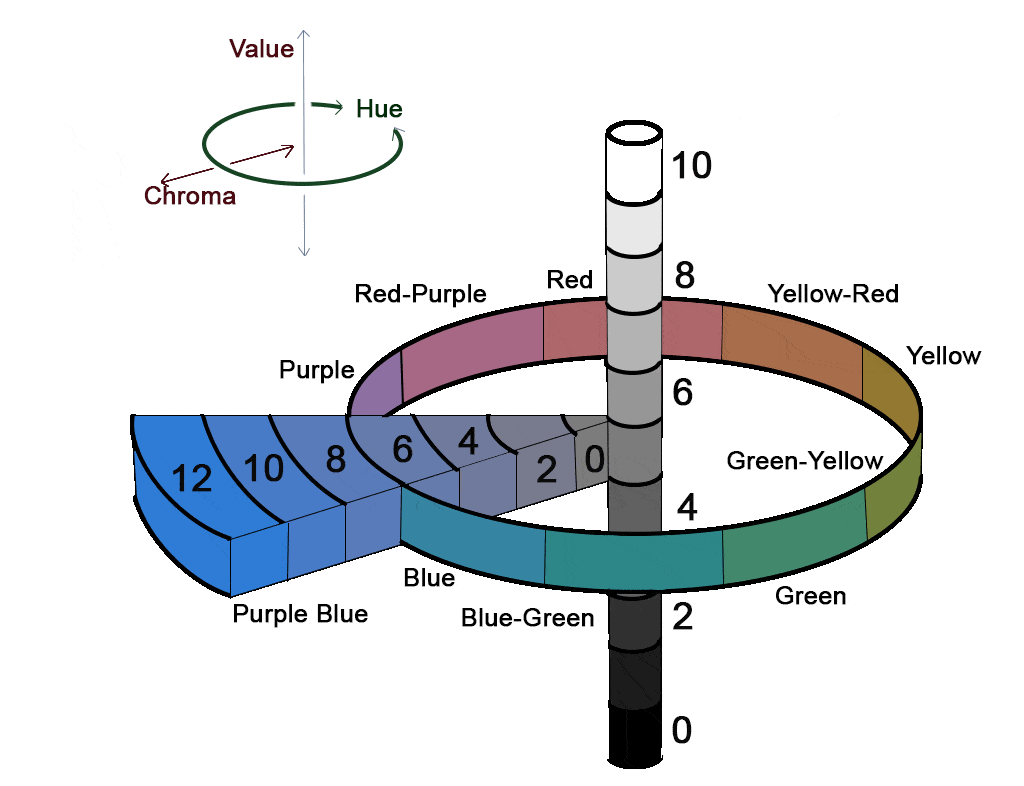
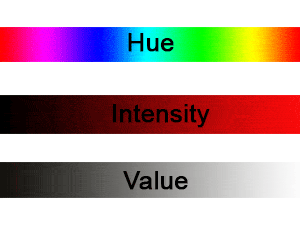
In the early 20th century Alfred Munsell invented another colour wheel. He figured that there was more to colour than the colour itself. A colour changes its purity or intensity if you add white or black colour, that’s what Munsell called chroma. And then he added the colour value to Hue, which is the lightness or the darkness of a colour. Munsell defined all those parameters into a 3D colour space, where the z-Axis is Hue (the classical colour wheel), the y-axis is the value and the x-axis is chroma. Munsell’s colour wheel is still used nowadays, but a few terms changed during time. Chroma is called saturation now and the colour value is simply the value or the brightness.
The colour wheel

A Standardized colour wheel got developed out of Newton’s, Goethe’s and Munsell’s ideas and inventions. It’s not always just one person you need to develop something. Sometimes you need a few people and some time to get to standardized versions.
I hope you enjoyed reading a history of colour!
Hit the subscribe button, follow me on Instagram and let me know what you think in the comments below! Thanks guys!
Credits:
http://www.colour-affects.co.uk
